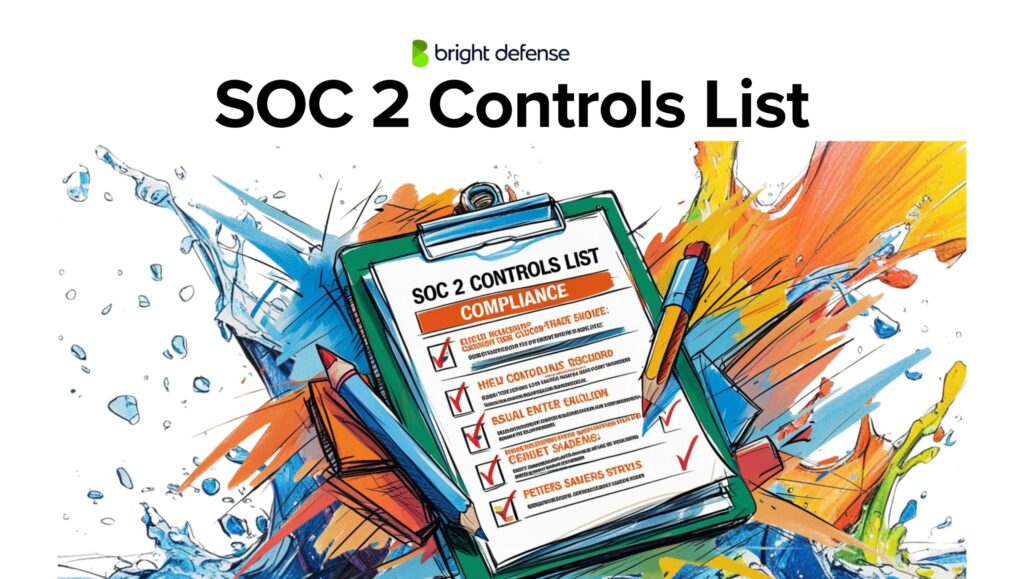
Tim Mektrakarn - CISSP | CISA | ISO 27001
June 28, 2025
CMMC Enclave for SMB Compliance
For organizations that manage sensitive government data, establishing a Cybersecurity Maturity Model Certification (CMMC) enclave for Controlled Unclassified Information (CUI) is of paramount importance. This article delves into the nature and significance of a CMMC or CUI enclave, along with methods for its effective setup. This approach is especially beneficial for Small and Medium Businesses (SMBs), as it offers a faster and often more cost-effective alternative to achieving CMMC compliance across their entire IT ecosystem.
What is a CMMC Enclave?
A CMMC enclave is a secure computing environment created to store, process, and protect CUI in compliance with the Department of Defense’s (DoD) Cybersecurity Maturity Model Certification (CMMC) requirements. This certification ensures defense contractors implement necessary controls and processes to safeguard sensitive federal information.
Why is a CMMC Enclave Important?
With the rise in cyber threats, securing CUI is paramount. A CMMC enclave:
- Protects Sensitive Data: It secures CUI storage and handling, reducing unauthorized access risks.
- Complies with Regulations: It meets DoD requirements for CUI handling, mandatory for organizations bidding on defense contracts.
- Enhances Trust: It demonstrates an organization’s commitment to cybersecurity, building trust with the government and stakeholders.
- Reduces the Scope: Creating a CUI enclave narrows the overall CMMC enclave scope, making the footprint smaller.
Establishing a CMMC Enclave: Key Steps
Here’s a brief step-by-step process for establishing a CMMC enclave:
- Understand CMMC Requirements: Learn about CMMC levels and identify your organization’s required level, determining necessary controls and processes.
- Scope the Enclave: Define the CMMC enclave’s boundaries, encompassing all systems and components involved in CUI storage, processing, or transmission.
- Implement Required Controls: For the identified CMMC level, implement necessary cybersecurity controls, including access control, incident response, risk management, and more. For CMMC Level 2 and above, all 110 security controls of NIST 800-171 are essential.
- Ensure Physical Security: Critical physical security measures include securing servers and workstations within the enclave in restricted areas.
- Train Personnel: Train all staff accessing the enclave in handling CUI and understanding cybersecurity risks and protocols.
- Conduct Regular Audits and Assessments: Perform regular internal audits for CMMC compliance and promptly address any gaps.
- Develop Documentation and Policies: Create comprehensive policies and documentation outlining procedures, roles, and responsibilities related to the enclave.
- Implement Continuous Monitoring: Use tools and processes for ongoing monitoring of the enclave to quickly detect and respond to threats.

Challenges and Best Practices for a CUI Enclave
- Start with a Gap Assessment: Find out where you’re currently at and plan on where you need to be with a gap assessment
- Allocate Resources Effectively: Establishing a CMMC enclave requires significant resources. Plan adequately for budgeting and staffing.
- Manage Change Effectively: Integrating CMMC requirements into existing workflows can be challenging. Implement effective change management strategies.
- Manage Vendors Efficiently: Ensure third-party vendors accessing the enclave comply with CMMC requirements.
- Stay Informed: Keep up-to-date with CMMC regulations and adapt your enclave accordingly.
- Hire a Consultant: Bring in an expert such as a CMMC Registered Practitioner to help you assess and implement controls
PreVeil’s Managed CUI Enclave
PreVeil offers specialized services to create and manage CMMC enclaves for CUI protection, tailored to meet the DoD’s stringent CMMC requirements. Their solutions, hosted on Amazon Web Services GovCloud, already comply with FedRAMP standards. Below is an overview of PreVeil’s CUI Enclave services:
Customized CMMC Compliance
PreVeil designs services to help organizations achieve compliance with various CMMC levels, focusing on CUI protection. They provide a secure email and file-sharing solution that meets 102 out of the 110 NIST 800-171 controls, crucial for defense contractors and subcontractors needing to adhere to CMMC standards.

Advanced Security Features
PreVeil’s CUI Enclave employs advanced security technologies, including end-to-end encryption, multi-factor authentication, and strict access controls. These measures protect CUI from unauthorized access during transit and storage, minimizing vulnerabilities and reducing cyber attack risks.
Ease of Integration and Use
PreVeil’s services emphasize user-friendliness and easy integration. Their solutions seamlessly integrate with existing IT infrastructures, minimizing disruptions to current workflows, vital for organizations that cannot afford extensive downtime or system overhauls.
CUI Enclave: Continuous Monitoring and Support
PreVeil offers ongoing monitoring and support as part of their CUI Enclave services. This proactive stance ensures prompt identification and resolution of potential security issues, with regular updates and maintenance keeping the enclave aligned with evolving cybersecurity standards and threats.

Final Thoughts
Establishing a CMMC enclave is a significant move towards securing CUI and complying with DoD requirements. It demands a thorough understanding of CMMC levels, meticulous planning, and ongoing monitoring. A robust CMMC enclave not only safeguards sensitive information but also positions organizations favorably in the defense contracting sphere.
PreVeil’s CUI Enclave services provide a comprehensive, secure, and user-friendly solution for organizations needing to comply with CMMC requirements. Their focus on advanced security, ease of use, continuous monitoring, and training makes them a strong choice for defense contractors
aiming to secure their data and meet DoD regulations. Implementing PreVeil is easier and more cost-effective than building your own enclave in Microsoft Azure GCC High.
Bright Defense and PreVeil
As a PreVeil Managed Service Partner, Bright Defense can configure and train your admins and users on using PreVeil’s services. Although CMMC has not yet been fully ratified into law, all indications suggest a late 2024 or early 2025 enactment. This means defense contractors of all sizes have less than a year to achieve compliance. Using PreVeil’s CMMC enclave services, many small and medium-sized businesses can quickly achieve compliance. Bright Defense will then assist in implementing the remaining organization controls to ensure all 110 NIST 800-171 controls are in place and continuously monitored.
Get In Touch



